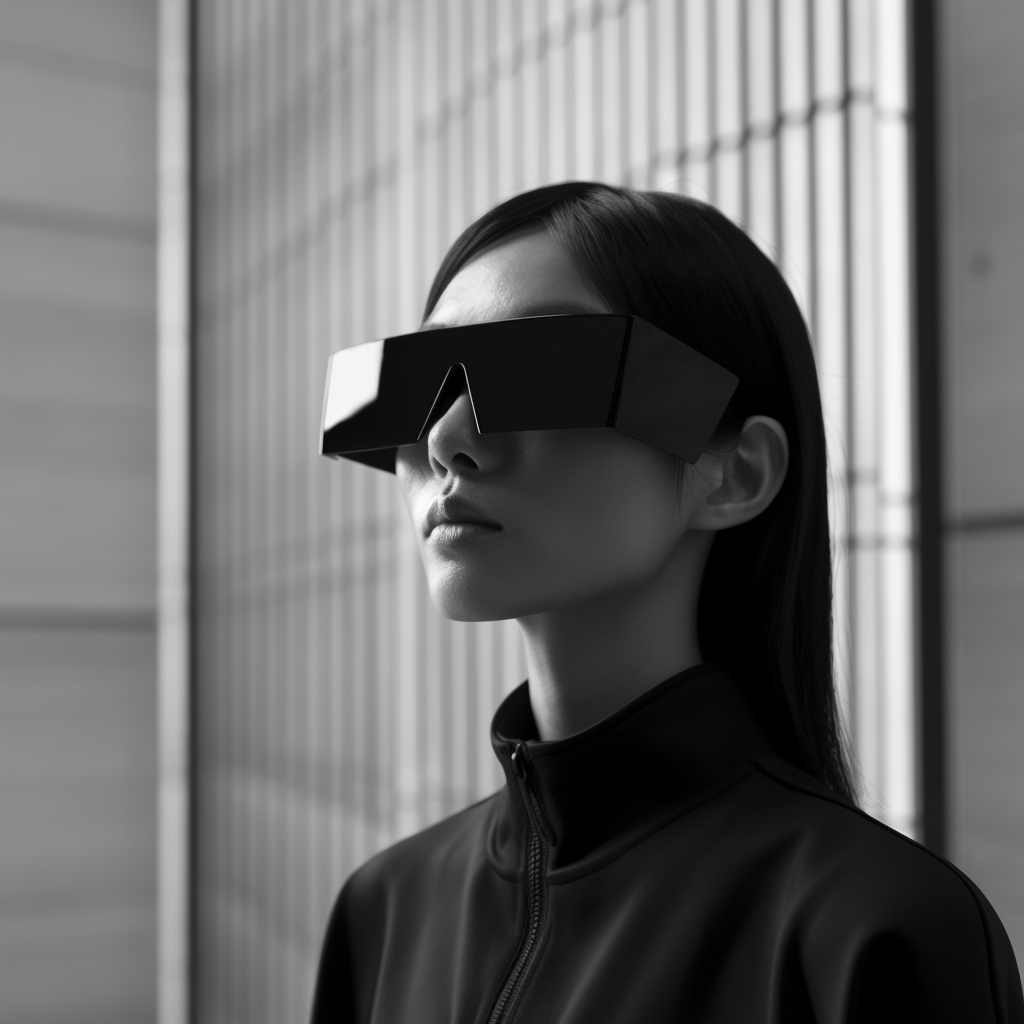Are we ready to live our lives wearing virtual reality headsets? As technology strides ahead, we must grapple with the intersection of comfort, style, and our appetite for constant immersion.
In our ceaseless quest for self-improvement, it is tempting to look to technology as the answer. Ever since the emergence of the personal computer, we've found ourselves lured by the promise of each shiny new gadget that promises to revolutionize our lives. In recent years, the buzzword of choice has been 'immersion', with virtual and augmented reality being touted as the next frontier of human-computer interaction.
At first blush, this prospect is enticing. VR and AR headsets hold the promise of transporting us to far-off realms, of putting the world at our fingertips. We are offered the chance to stroll down the streets of Paris while sitting in our living rooms, or to see digital information overlaid on the real world, like some kind of cyborg.
Yet, there's an obvious sticking point: the actual experience of wearing these headsets. We've been promised the moon, yet we're given a contraption that, to the outsider, resembles nothing so much as a pair of digital ski goggles. Our first steps into the future of human-computer interaction have been marred by cumbersome design and comfort considerations. Can the sensation of a headset strapped to your face really be the future we've been waiting for?
Apple Vision?
Apple, ever the harbingers of technological style, has entered the arena, presumably betting on their ability to make the tech chic. But, even if they succeed, the question remains: Do people actually want to wear a headset all the time?
As someone who studies human behavior, I find it interesting to dig deeper into the answer. It's not just about whether the device is comfortable or fashionable. It's about how it fits into our lives and the way we interact with technology and each other.
Consider the smartphone, arguably the most successful piece of consumer tech of the last 20 years. The smartphone didn't just replace the landline telephone; it's our personal assistant, our map, our camera, our connection to the world of online. Yet, crucially, we can put it away. We can slip it into a pocket or a bag. It is there when we need it, and it is out of sight when we don't.
Reality Augmented
By contrast, a VR or AR headset is a far more intrusive presence. It's always there, strapped to our faces, intruding on our interactions with others, commanding our attention. It isolates us, encasing us in a digital cocoon. We are alone, cut off from our immediate surroundings, and by extension, from the people in our lives.
The tether of the smartphone is a subtle one. It's there, but we can forget about it. It's an addition to our lives, not a replacement. In its current state, VR and AR headsets demand a total commitment. You don't add a headset to your life; you swap the real world for the virtual one.

So, do people actually want to wear a headset all the time? The answer might be more nuanced than a simple yes or no. People want to experience new things, they want to be entertained, informed, connected. But they also want to be comfortable, free, and unencumbered. It seems, then, that the success of VR and AR hinges not just on the technology itself, but on its ability to respect the paradox of human nature: we want to be in two places at once, but we also want the freedom to choose where and when.
It's a formidable challenge for any company, even Apple. But as we've seen time and again, when technology and human nature intersect, the results can be revolutionary. The question is, can they make the revolution comfortable and fashionable enough to stick? Only time will tell.


Comments ()